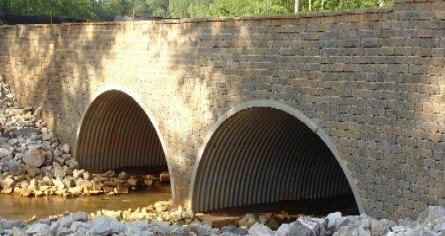“Dam.”
Dams are problematic for two main reasons- fish and nutrients.
Pro-dam arguments
- Some create a good amount of electricity
- Some people believe they have historic value
- They produce energy without the usage of fossil fuels
Anti-dam arguments
- Many do not generate a lot of electricity/ have outdated technology
- They block waterways for fish
- They prevent nutrients from being able to travel down the river
- They can change the rotation of the earth
- Many older dams have structural failures
What is being done about this?
- There are special types of infrastructure that are designed to help fish navigate past dams
- Fish ladders, fish cannons, and removing the fish from the water to manually transport them
- -Dams are being removed so rivers can start to return to their natural state
- The Oroville Dam is having issues and its removal is being considered according to blogger Victor Davis Hanson. He says that even if environmentalists have not been successful in removing the existing dams, there has been a lot of success with the prevention of new dams being installed.
Other fish barriers
Culverts- man-made openings that allow water to pass through/under structures like bridges
It would be difficult for fish to navigate through these culverts because of the difference in height of the water and the bottom of the structure. There is a simple solution to this problem either switch to culverts with an open bottom (preferable) or make them deeper.

Fish would have no problem getting through these open bottom culverts. Nutrients are also able to flow through, which is why these are preferable.
What can you do?
- Educate people about the problems associated with dams
- Advocate for dam removal
- Advocate for fish passageways
What do others have to say about this?
- Blogger Yvon Chouinard discusses the problems associated with dams in this post on Patagonia’s website. She writes, “…the danger isn’t coming from excessive drought or factories dumping toxic waste—it’s coming from the very hydropower dams that claim to bring us clean, green, renewable energy. The fact is, dams are dirty—and their destructive impact far outweighs their usefulness.” Hydropower can seem like an environmentally friendly alternative to oil and coal, but the truth is that dams cause plenty of environmental problems themselves. It is up to people to decide if this type of environmental degradation is worth it or if time and money would be better invested in other energy sources such as wind, solar, and geothermal to name a few.

Recent Comments